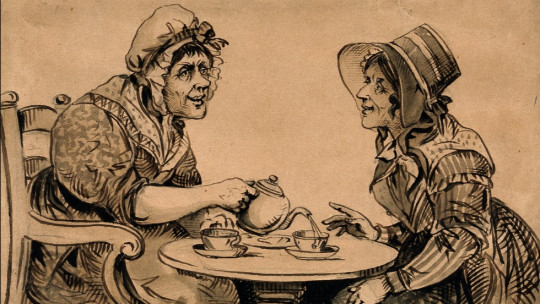
The socialization battery In its self-application version Bas-3 has, based on factor analysis, a clear structure with five scales. It also includes a sincerity scale.
Background
The Bas-3 has as its immediate antecedent the Bas-1 and Bas-2 versions presented by Silva and Martorell (1983).
The Bas-2 presents a set of assessment scales to evaluate the socialization of children in a family environment. It provides a profile of the child’s socialization in four positive/facilitating aspects: leadership, playfulness, social sensitivity, and respect-self-control; and in three negative/disturbing/inhibiting aspects: aggressiveness-stubbornness, apathy-withdrawal, and anxiety-shyness.
It also contains a Socialization Criteria scale, which offers a global vision of the subject’s degree of social adaptation, according to the judgment of their parents.
Content
The elements of the BAS-3 allow achieving a profile of social behavior based on five dimensions, which have given rise to as many scales as:
- Co: Consideration of others
- Ac: Self-control in social relationships
- Re: Social withdrawal
- At: Social Anxiety/shyness
- Li: Leadership The corresponding elements of the scales are presented mixed following the original ordering of factorization and typification.
The 10 elements of the sincerity scale have been interspersed among those of socialization. The content of each of the 5 socialization scales is detailed below:
- Consideration of others (Co)with 14 elements, detects social sensitivity or concern for others, particularly for those who have problems and are rejected or postponed.
- Self-control in social relationships (Ac), With 14 elements, it includes a clearly bipolar dimension that represents, in its positive pole, compliance with social rules and norms that facilitate coexistence in mutual respect, and in the negative pole, aggressive, imposing, stubborn and indiscipline behaviors.
- Social withdrawal (Re)with 14 elements, detects both passive and active withdrawal from others, until reaching, externally, a clear isolation.
- Social Anxiety/Shyness (Re), with 12 elements, in which different manifestations of anxiety (fear, nervousness) are detected together with reactions of shyness (embarrassment, shame) in social relationships.
- Leadership (Li), with 12 elements, where ancestry, popularity, initiative, self-confidence and spirit of service are detected. Of the 65 socialization elements of the BAS-3, only one participates in two scales, having almost identical saturations in the 2 corresponding factors. To the 5 scales of socialization we add:
- Sincerity (S), There are 10 items corrected in the opposite direction of the L scale of the Eysenck spouses’ questionnaires, following the idea of the Spanish version of the EPQ-J.
Psychometric studies
The Bas-3 socialization scales present a internal consistency. Test-retest reliability is also satisfactory, except for the Co and Re scales, which should be taken with caution in longitudinal designs.
The pattern of intercorrelations of the Bas-3 socialization scales is clearly interpretable according to their contents.
The socialization facilitating scales correlate positively with the S scale, this correlation being important in the case of Ac.
The correlations between age and Bas-3 scales are low, and no difference appears between the analysis by grades. However, in a thicker analysis by level (last years of EGB/Baccalaureate/Vocational Training), consistent and interesting score differences appear that recommend the construction of separately derived scores when making the scale.
The differential analysis by sex allow us to conclude that it must be another variable to take into account when constructing the scales.
The Bas-3 scales do not have a direct relationship with academic performance and general intelligence.
Interpretation
The asymmetry of the curves has advised, as occurred with (Bas-1 and Bas-2), the use of percentile scores.
Once the direct scores have been obtained, by applying the templates to the subject’s responses, we proceed, consulting the scales to transform them into centile scores (PC). Comparisons of the results obtained in the Bas-3 with those obtained in the Bas-2 or Bas -1 can offer a lot of information for psychological counseling.
This article is merely informative, at PsychologyFor we do not have the power to make a diagnosis or recommend a treatment. We invite you to go to a psychologist to treat your particular case.
If you want to read more articles similar to Socialization battery we recommend that you enter our Social Psychology category.
Bibliography
Silva, F. and Martorell, MC (1982): Bas1,2 Socialization battery (for teachers and parents) Madrid. TORCH.








